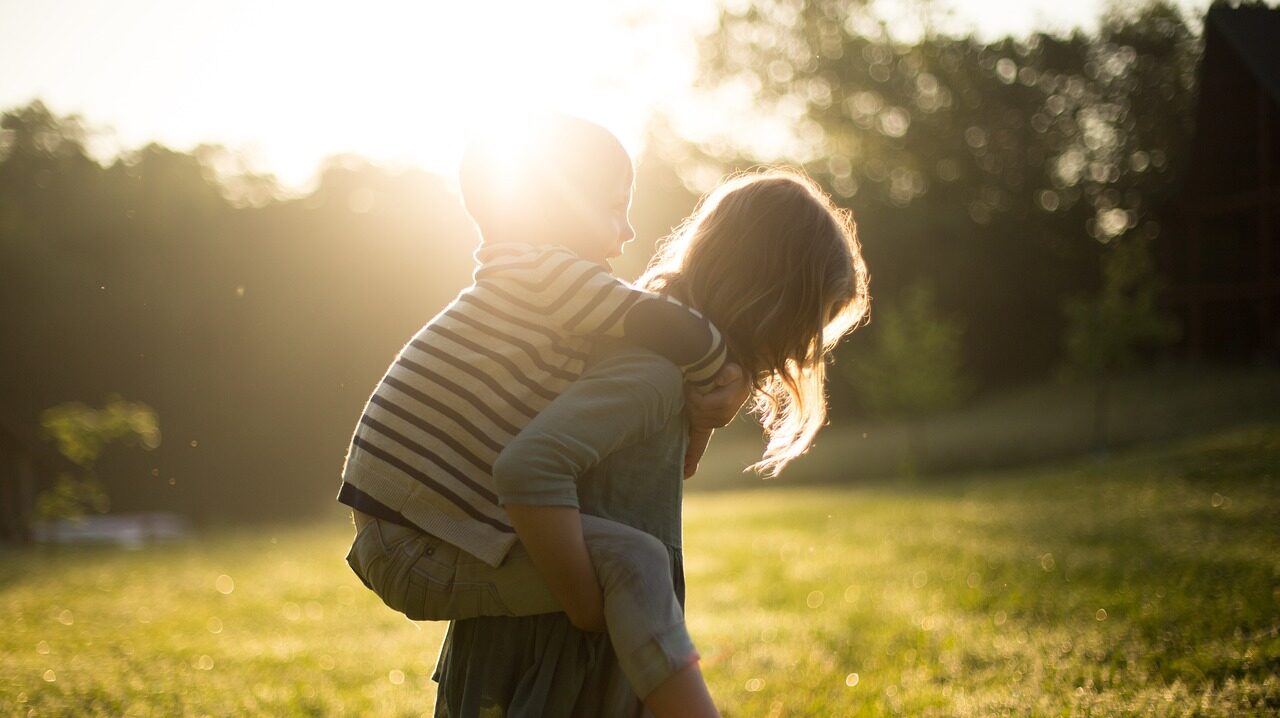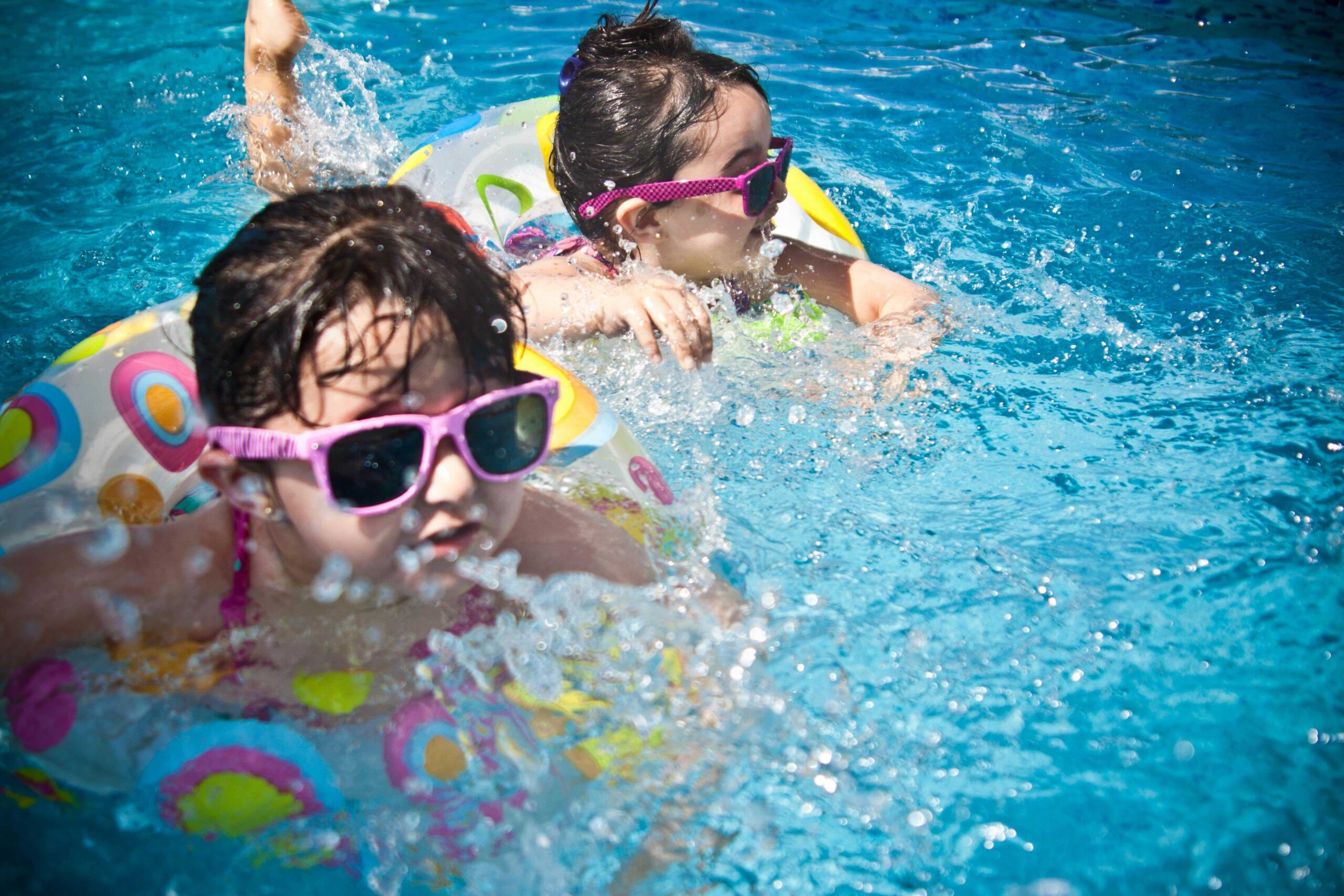 After a month of fasting and submitting themselves to their faith, Muslims will now celebrate Eid al-Fitr. Eid al-Fitr falls on the first day of Shawwal, the month which follows Ramadan in the Islamic calendar. It is a day of great merriment and thanksgiving. Muslims celebrate with family and friends the completion of a month of blessings and joy, preparing sweet delicacies, wearing new clothes, giving each other gifts and putting up lights and other decorations in their homes. A common greeting during this holiday is Eid Mubarak, which means, “Have a blessed Eid!”
After a month of fasting and submitting themselves to their faith, Muslims will now celebrate Eid al-Fitr. Eid al-Fitr falls on the first day of Shawwal, the month which follows Ramadan in the Islamic calendar. It is a day of great merriment and thanksgiving. Muslims celebrate with family and friends the completion of a month of blessings and joy, preparing sweet delicacies, wearing new clothes, giving each other gifts and putting up lights and other decorations in their homes. A common greeting during this holiday is Eid Mubarak, which means, “Have a blessed Eid!”
It is also a time to give in charity to those in need. Before the day of Eid, during the last few days of Ramadan, each Muslim family gives a determined amount as a donation to the poor. This donation is of actual food, rice, barley, dates, rice, etc, to ensure that the needy can have a holiday meal and participate in the celebration. This donation is known as sadaqah al-fitr (charity of fast-breaking).
On the day of Eid, Muslims gather early in the morning in outdoor locations or mosques to perform the Eid prayer.This consists of a sermon followed by a short congregational prayer. After the Eid prayer, Muslims usually scatter to visit various family and friends, give gifts (especially to children), and make phone calls to distant relatives to give well-wishes for the holiday. These activities traditionally continue for three days.
As our country grows increasingly diverse, there has never been a better opportunity for us to learn to live respectfully together and benefit from one another’s wisdom and experiences. Sometimes fear, uncertainty, or discomfort prevents us from accepting each other’s differences. This is especially true when it comes to the topics of race and racism, cultural differences, language and bilingualism, and the myriad of questions that arise in a world where these issues have such a powerful place in children’s lives.
We all want children to grow up in a world free from bias and discrimination, to reach for their dreams and feel that whatever they want to accomplish in life is possible. To feel loved and included and never experience the pain of rejection or exclusion, but the reality is that we do live in a world in which racism and other forms of bias continue to affect us. Discrimination hurts and leaves scars that can last a lifetime, affecting goals, ambitions, life choices, and feelings of self-worth.
How can we best prepare children to meet the challenges and reap the benefits of the increasingly diverse world they will inherit? We can raise children to celebrate and value diversity and to be proud of themselves and their family traditions. Lets teach children to respect and value people regardless of the color of their skin, their physical abilities, or the language they speak. Young children form ideas about themselves and other people long before they start kindergarten, it is important to begin teaching anti-bias lessons early. If we reinforce these lessons, children will learn to appreciate, rather than fear, differences and to recognize bias and stereotypes when they see them. Children learn early on from television, books, magazines, photographs and of course our interactions how others view people like themselves. Uncomfortable reactions can alert children to the negative significance some people put on differences.
The following suggestions are designed to help you teach children to not only value diversity but also to resist prejudice and discrimination:
- Teach children to be critical thinkers, specifically about cultural and religious differences and discrimination. Critical thinking is when we strive to understand issues through examining and questioning. Young children can begin to develop these skills and begin to recognize when a word or an image is unfair or hurtful.
- Respond to children’s questions and comments about differences even if you’re not sure what to say. Children often interpret a lack of response to mean that it’s not acceptable to talk about differences.
- Generally children want to know why people are different, what it means, and how those differences relate to them. Remember that children’s questions and comments are a way for them to gather information about aspects of their identity and usually do not stem from bias or prejudice.
- Model the behaviors and attitudes you want children to develop. Pay particular attention to situations that can either promote prejudice or inhibit a child’s openness to diversity. Perhaps begin to reflect diversity in books, magazines, dolls, puzzles, paintings, music, and so on around the home.
- Don’t let racist and prejudicial remarks go by without intervening. It’s important to let children know from a very early age that name-calling of any kind, whether it’s about someone’s religion, race, ethnic background, or sexual orientation, is hurtful and wrong.
Use your imagination to teach your kids about world cultures.
Create a Passport – International travel requires a one, so start your foreign adventures by creating a passport for your trip. The pages should be blank on the inside. That way you can draw, use a sticker or glue a picture of the country’s flag to stamp the pages of your child’s passport as they “travel” from country to country to learn about world cultures. This is a great way to expose your child to different cultures and makes for a fun and exciting learning environment!
Some additional ways to encourage cultural awareness and inclusion in your family:
- Visit interactive, informative multi-cultural websites.
- Attend cultural events.
- Find age-appropriate shows that encourage multiculturalism and inclusion.
- Encourage children to sample ethnic foods.
- Read! There are a huge number of wonderful children’s stories depicting various cultures.
- Talk about peoples’ differences positively, stress the similarities.
Here are a number of books that you can read to your children to assist in teaching cultural differences and appreciation.


